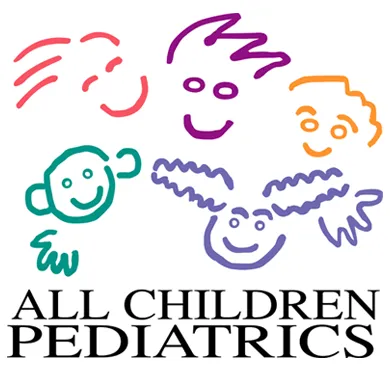What Should We Eat Part 2 By Dr. Claire Cowley
- posted: Nov. 20, 2017
Earlier this year my blog discussed various diets, their common characteristics and best current recommendations. This month, I wanted to begin discussing the individual components and how much we need in our diets.
Protein
The first question onmivorous (eat everything) people ask vegetarians is "where do you get your protein?" Most Hindus would beg to differ. They are healthy and enjoy a vegetarian diet or a Lacto (milk products) vegetarian diet. So maybe we don't have to eat meat protein; vegetables, dairy, legumes, eggs, grains and nuts can be rich sources of protein. Humans need less than half a gram of protein per pound of their healthy weight daily or making it real, a 22 pound toddler needs about 8 grams of protein. A single egg contains around 6, a piece of bread 2-4 or more, a 4 ounce glass of milk is 4 grams. So that meal for breakfast would give the child all the protein or a minimum of 12 in that meal alone for the day. Recent studies have shown that children who eat an egg per day in the second year of life are taller generally (similar findings are out there about whole cow's milk vs. plant milks). How should this information form our habits? A typical 110 pound woman needs around 40 grams of protein per day. If we take in about a third of that for breakfast, it will keep us satisfed until lunch compared to a similar breakfast in calories but without enough protein.
Some foods and their protein amounts: Cooked meats and fish are about 7 grams per ounce, 1 egg is 6 grams, 8 ounce glass of milk is 8 grams, 1/2 ounce nuts is 6 grams, 1 tablespoon of peanut or other nut butter is 7 grams, 1/4 cup of cooked beans, peas or tofu is 7 grams, 1/3 cup of cottage or ricotta cheese is 10 grams, 1 cup of cooked oatmeal is 7 grams, 1 ounce of cheese (the harder tend to be higher) is 4-12 grams, breads or a bagel is 2.5 - 10 grams (variable), cerieals, cold per serving are very variable, pasta is 12.5 grams, Quinoa, teff, amaranth are variable but rich sources of protein.
I wrote about the toddler's breakfast; how about for grown ups? If we try to get a quarter or a third of our protein for breakfast, how about a peanut butter sandwich on whole grain bread, an egg cheese and veggie omelet, greek yogurt with fruit, nuts or a quality granola topping, a breakfast burrito? Cereals can be a good breakfast but many are short on protein. Where are these gram amounts shown? On all food labels it's listed. On another blog, I will discuss fats, carbohydrates, fiber and some of the micro nuturients we should get in a varied, balanced diet. Remembering the 5-2-1-0 plan recommended for children (and adults) 5 servings of fruits and bvegetables per day, 2 hours max of screen time (except for school work), 1 hour of exercise and 0 sugared drinks, but getting a good breakfast with enough protein is an excellent start and enough protein the rest of the day is essential.
This website includes materials that are protected by copyright, or other proprietary rights. Transmission or reproduction of protected items beyond that allowed by fair use, as defined in the copyright laws, requires the written permission of the copyright owners.
Contact Us
DO NOT SUBMIT MEDICAL QUESTIONS-PLEASE CALL (502) 244-6373
Hours of Operation
Our Regular Schedule
7:30 am - 6:00 pm
7:30 am - 6:00 pm
7:30 am - 6:00 pm
7:30 am - 6:00 pm
7:30 am - 5:00 pm
8:30 am - 12:00 pm
Closed
Our Location
All Children Pediatrics
400 Blankenbaker Parkway Suite 200
Louisville, KY 40243
(502) 244-9860
